TABLE OF CONTENTS
The Adobe Creative Cloud is, without a shadow of a doubt, one of the most popular software suites on the planet.
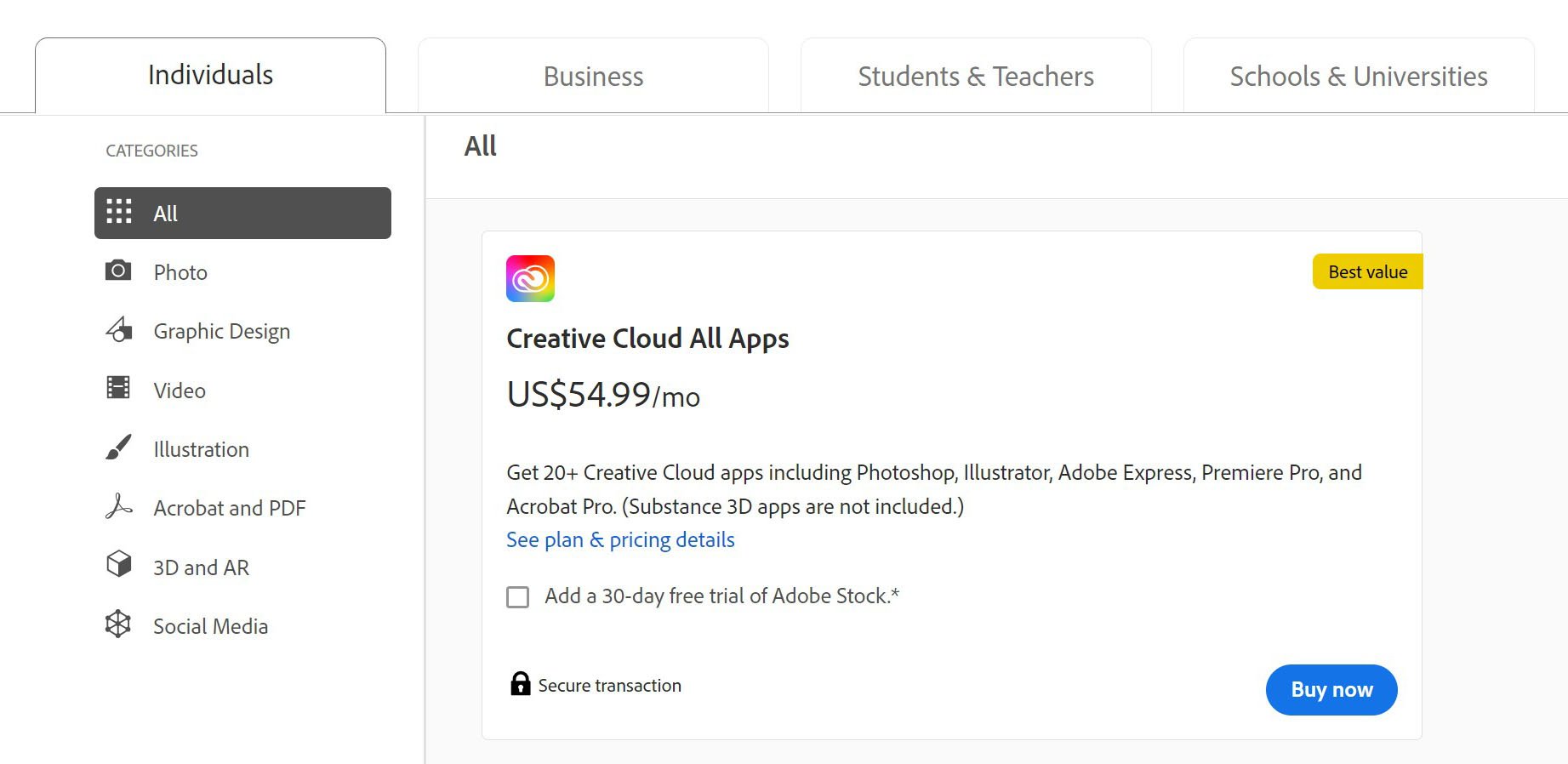
Source: Adobe
It’s ubiquitous, really, and has become the industry standard for a very good reason. This all-encompassing set of applications sort of needs no introduction as it’s been around (in one form or another) for what feels like forever.
Adobe’s applications are world-renowned and are being used on a daily basis by millions upon millions of creative professionals, students, and hobbyists alike.
Applications like Photoshop, Illustrator, InDesign, and others can no longer be used separately. Instead, they’re all subscription-based and are contained within the Creative Cloud suite of applications.
You can also purchase a monthly license for just a single piece of software (Adobe Photoshop, for instance), but it might not be as wise an investment due to the overall pricing scheme.
So what is Adobe Creative Cloud, and why is it so popular?
It is, as already mentioned, a very diverse set of applications all developed by Adobe — applications that can be used for graphic design, web development, video editing, illustration, UI and UX design along with prototyping, page layout design, and so much more.
The list of possible applications and use-cases is so long it would take a stupendously exhaustive, drawn-out article for everything to be covered which, in part, is why Creative Cloud is as popular as it is: the software suite itself is incredibly diverse and powerful, and is, as a result, the “go-to” choice for a staggeringly diverse gamut of professionals.
You can subscribe either monthly or annually, and then, once that’s done, download and install whichever programs you desire.
The Creative Cloud was first announced in late 2011 and fully released in July 2013.
It features cloud saving alongside numerous options for sharing one’s files both to the web and to any potential colleagues or clients.
There are also four distinct packages one can subscribe to:
- Photography — You’ll have access to both Photoshop CC and Lightroom CC, alongside a few photography-related options and features.
- Single App — This one comes with all Creative Cloud features and benefits with access to just a single application of your choosing.
- All Apps — This is essentially the main package, and it contains all Creative Cloud features and applications.
- All Apps + Adobe Stock — Everything mentioned above alongside access to Adobe Stock.
With it covering so many different workloads and vocations, one cannot help but wonder: just how powerful a computer do you need to fully harness its immense potential?
Does it have to be a spec’d-out behemoth with all the latest bells and whistles money can buy, or can a mid-tier system suffice?
What about integrated graphics and thin-and-light ultrabooks — can they run Creative Cloud and, if so, how well?
That, in short, is the purpose of this article.
You can think of it as a primer of sorts, and a detailed rundown of all the things and requirements you need to know and be aware of if you’re building a computer to run Creative Cloud or are, conversely, upgrading your existing rig to better utilize this staggeringly powerful suite of applications.
And so, without any further ado, let’s dive in!
Adobe Creative Cloud Official System Requirements
Seeing how the Adobe Creative Cloud is comprised of many different applications, there’s really no use in churning out a one-size-fits-all kind of list as far as system requirements are concerned.
These applications vary in their complexity as well as their hardware-related demands.
We’ve already covered most notable Adobe applications in separate articles, so we’ll make sure to link them all down below:
- Adobe Photoshop
- Adobe Illustrator
- Adobe After Effects
- Adobe Premiere Pro
- Adobe InDesign
- Adobe XD
- Adobe Lightroom
- Adobe Animate
Our Take On the Adobe Creative Cloud System Requirements
With all of that being said, most of Adobe’s applications scale primarily with the power of your CPU and the amount of available RAM, with only a few specific ones like Premiere Pro and After Effects needing a beefy, spec’d-out graphics card. Or, alternatively, a mid-tier one at the very least.
Building a sufficiently capable system, therefore, isn’t nearly as complex or challenging as one would expect, despite the fact that the Adobe Creative Cloud comes with so many different applications, each of which is generally targeting entirely different users and use-cases.
CPU (Processor) Requirements
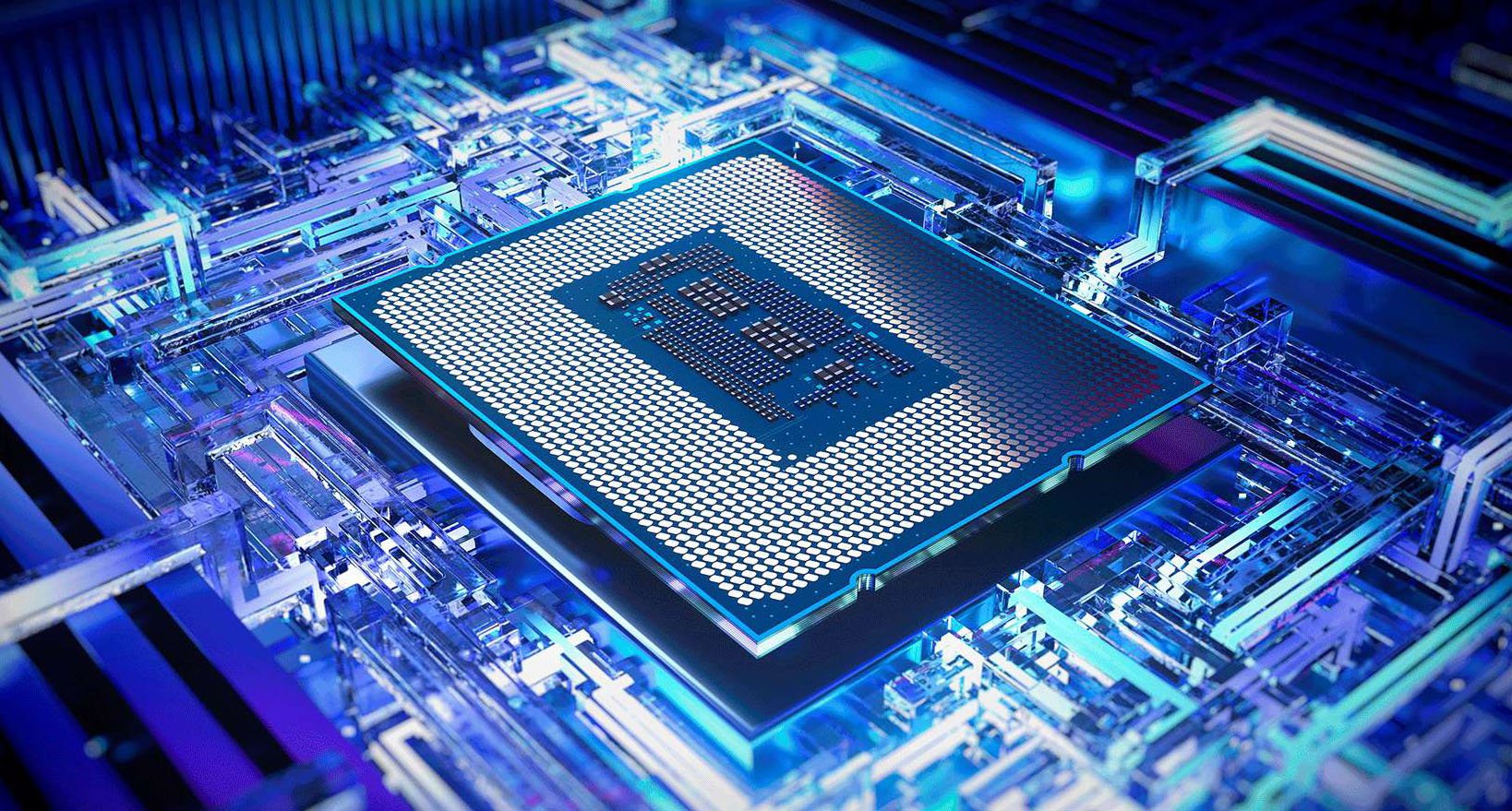
Source: Intel
You should not, under any circumstance, skimp out on the processor. Most of Adobe’s applications scale incredibly well with a high clock rate, whereas others get a tremendous boost when they can harness a high core count.
So, why not go with both? How good a processor you’ll end up getting obviously depends on your budget, but your best, “one-size-fits-all” kind of option would be the Intel Core i9-13900K.
Intel CPUs, for the most part, edge out equivalent AMD Ryzen offerings, although that, too, varies from one application to the next. Overall, though, they’re the best choice.
Top-of-the-line Threadripper PRO models are also a great choice, but they’re also insanely expensive and, generally speaking, not worth the investment as far as Adobe’s creative suite of applications is concerned.
GPU (Video Card) Requirements
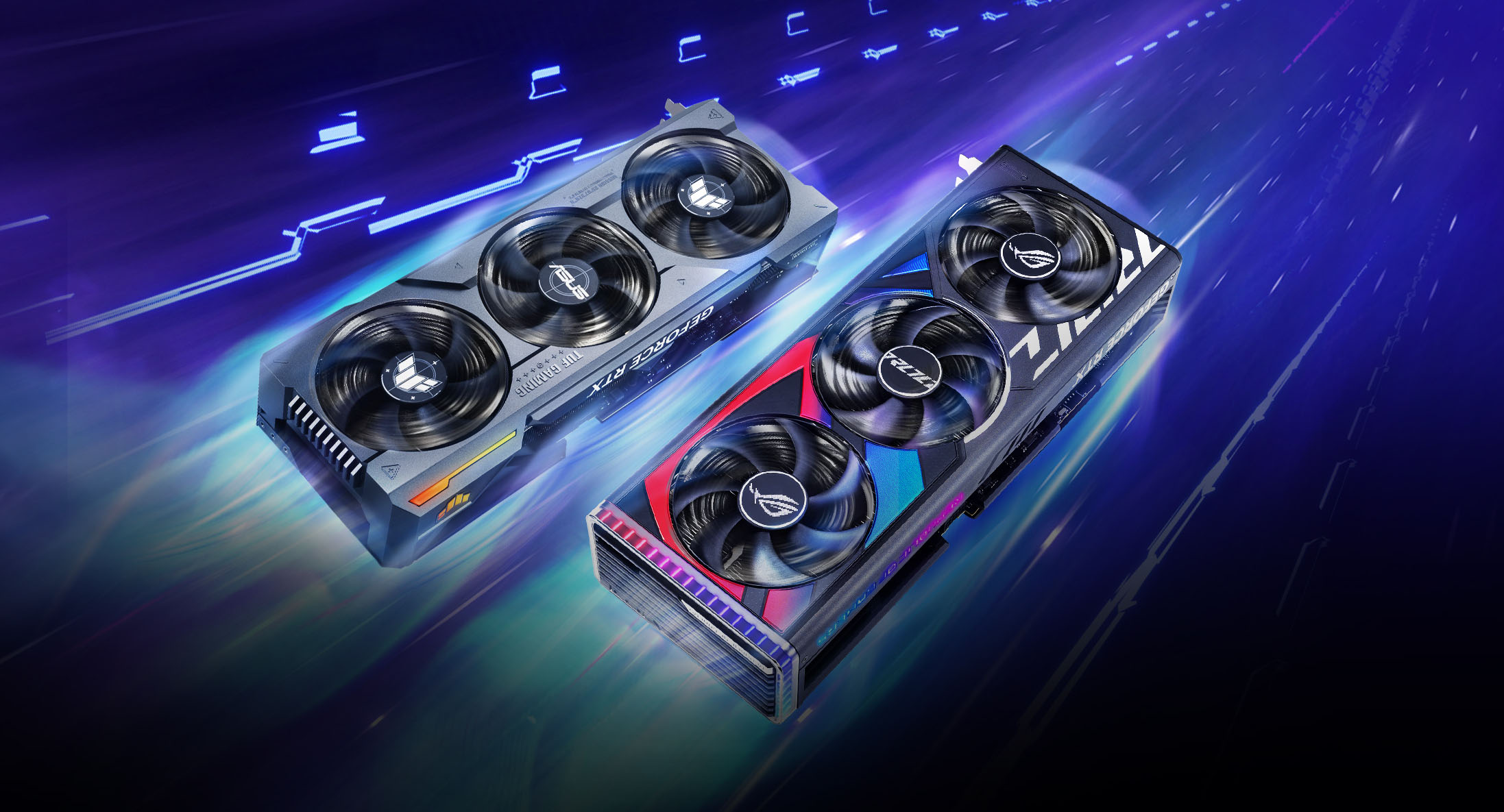
Source: ASUS
Talking about GPU requirements for Adobe Creative Cloud is rather tricky, as some applications scale incredibly well with more powerful graphics cards (ones imbued with ample amounts of VRAM), others can do just fine with a mid-tier GPU, and others still can’t even harness a dedicated graphics card all that much.
In other words: it all depends on the particular program you’ll be using. GPU acceleration has been getting a fair bit of traction over the years even in applications like Adobe Photoshop (for certain effects, that is), but it still cannot be leveraged in every program which Adobe makes.
If you’ll be working in Premiere Pro and After Effects, then going with a top-of-the-line model with a ton of VRAM (for Multi Frame Rendering in AE, for instance), would be a wise decision.
If you’re only working in, say, Photoshop, Illustrator, Lightroom, or InDesign, then you’ll be more than fine with a mid-tier model, preferably an RTX 30 or 40 series model from NVIDIA.
RAM (Memory) Requirements
How much RAM you need heavily depends on what exactly you’re creating, how complex it is, and how lenient you are towards waiting.
No matter your workload, you should opt for 16GB at a minimum.
That’ll be enough for most projects although, if you’re especially demanding — with projects to match — then do spring for 32GB. 64GB should also be considered for applications like Premiere Pro and After Effects.
Other Requirements
Having ample amounts of SSD storage (either SATA or NVMe) is basically a must. How much storage you need depends on your workload and the complexity of your projects.
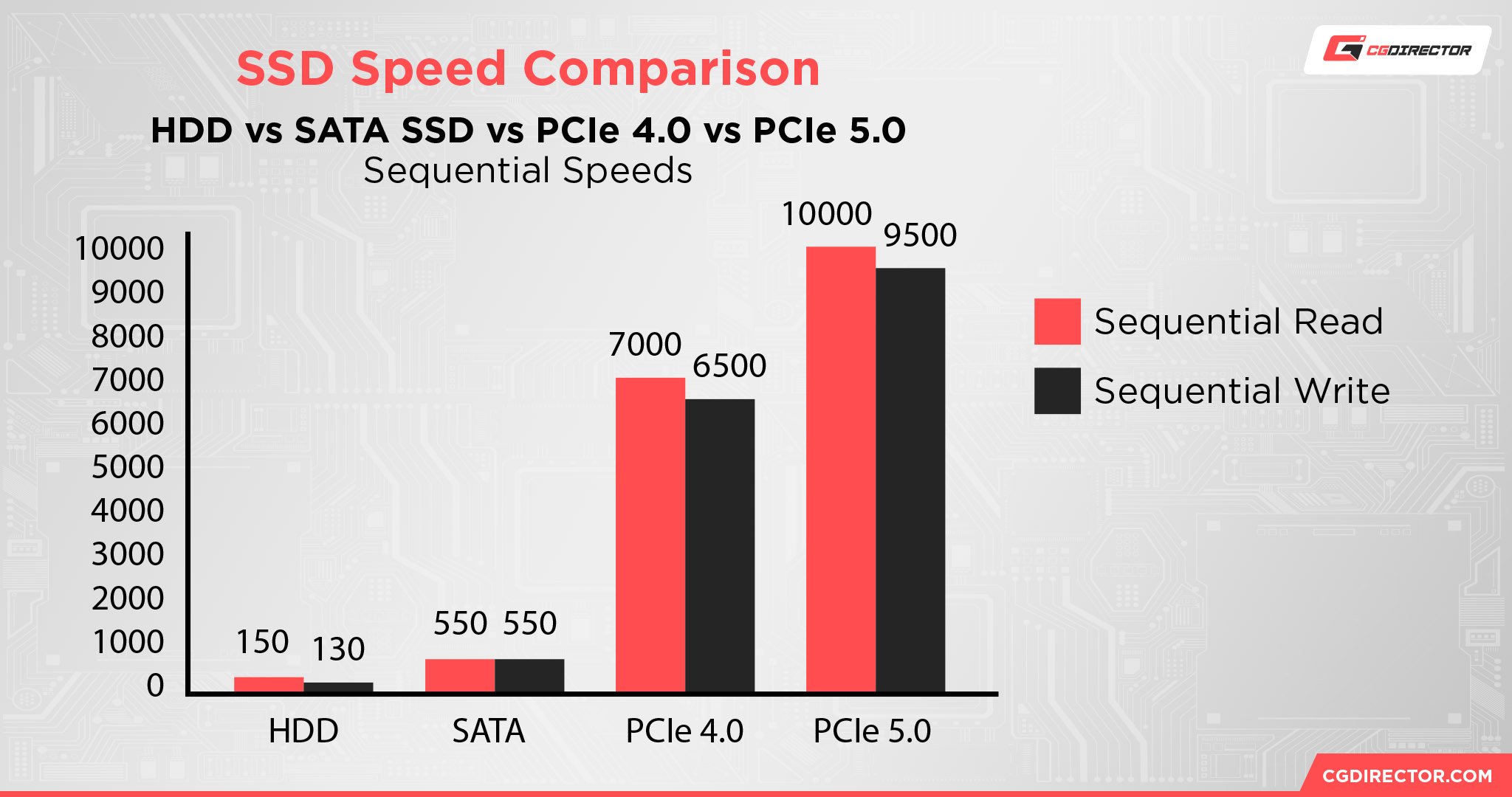
In general, a 1TB drive will do just fine and then, should the need for more arise further down the line, you’ll easily be able to add another drive once the time comes.
Other than that, you really ought to invest in a large, bright, color-accurate display. It doesn’t have to be faster than 60Hz and it doesn’t have to be OLED/Mini-LED (unless your budgets allows for such a thing), but it does need to have high coverage of the sRGB, AdobeRGB, and DCI-P3 color gamuts, alongside a sufficiently low Delta E average.
You might not need all those “bells and whistles” right now, but one only buys a monitor every, say, five, six, or seven years, so you might as well invest in a spec’d-out model and, in doing so, future-proof your setup.
Finally, you should consider buying a dedicated, bespoke peripheral — one which comes imbued with many programmable knobs and buttons.
Peripherals like the Work Louder Creator Micro (and its alternatives) are all worth the investment — assuming you have a use for such a thing.
Our PC Build Recommendation For Adobe Creative Cloud
Entry-level Adobe Creative Cloud PC Build at $700
Mid-range Adobe Creative Cloud PC Build at $1000
High-End Adobe Creative Cloud PC Build $1750
How to Check Your Current Specs to See if You Can Run Adobe Creative Cloud
If you’re not quite sure whether your existing PC/laptop is capable enough to handle Adobe Creative Cloud (and all the many applications it encompasses), make sure to give our in-depth guide a look.
It’ll guide you through the whole process and, by the end, you’ll have a much better understanding of how each of your components will perform once you start designing/creating.
And, should any of said components warrant an upgrade, you’ll be able to pinpoint what exactly you need to spend your hard-earned money on.
How to Upgrade Your PC to Run Adobe Creative Cloud Faster
Maybe you already have a capable enough computer but are still looking to upgrade a component or two.
If that’s the case, head over to the following article. It’ll provide you with a thorough understanding of which upgrade in particular will provide you with the biggest and most noticeable boost in performance — be it for Adobe Creative Cloud or any other application.
And, in case you need any assistance, feel free to reach out, either in the comment section down below or on our forum!
Are Macs Better for Adobe Creative Cloud?
Kind of. There’s no definitive answer, sadly, but Macs are the go-to choice for creatives across the globe and, well, there’s a very good reason why that’s so.
The software itself is essentially the same, but there are a few unique features that only Mac users have access to, like GPU acceleration in InDesign, amongst other things.
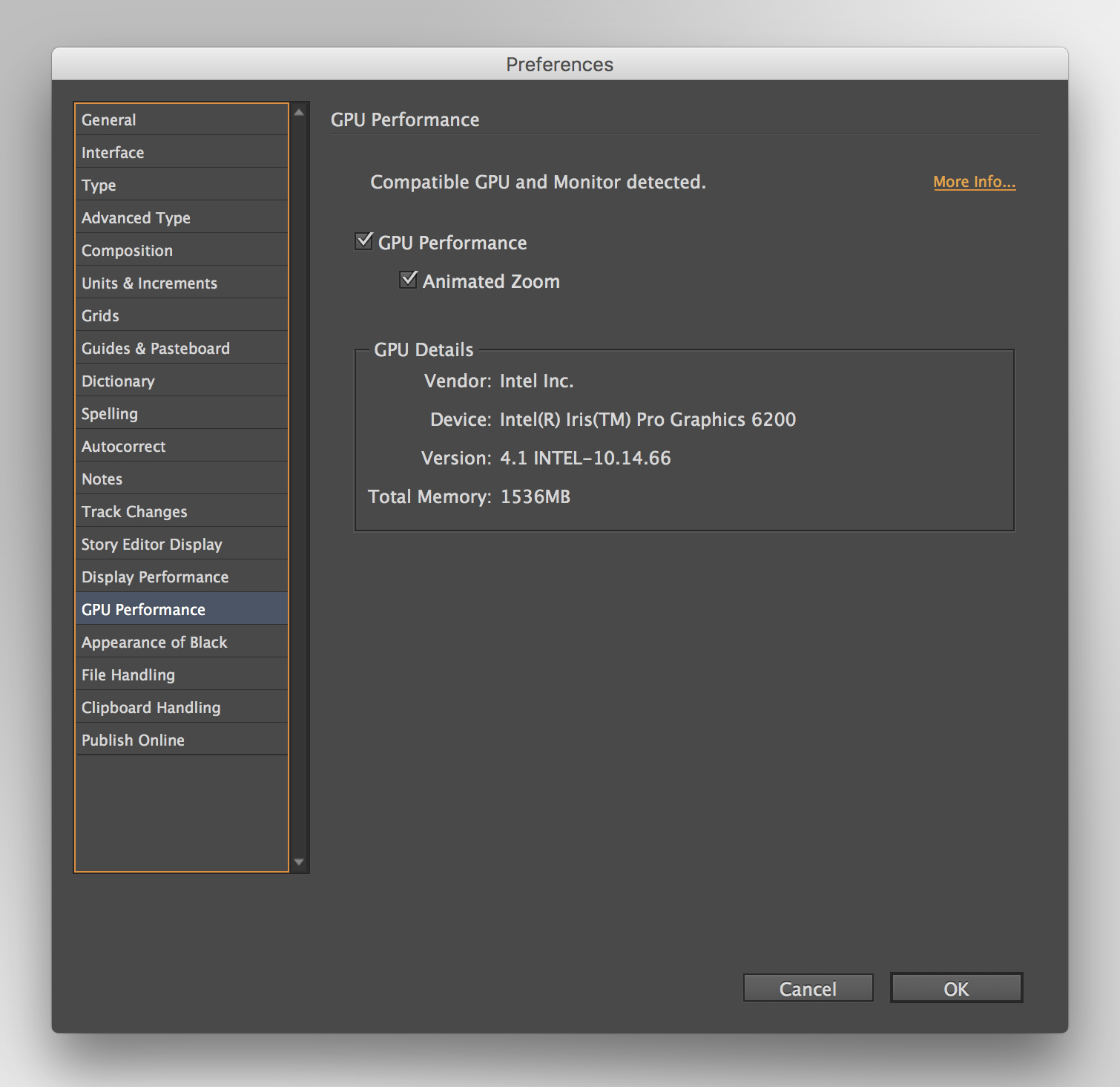
Source: Adobe
With Windows machines, you really need to know what’s good, why, and how it relates to any of Adobe’s plentiful offerings.
With Apple’s latest ARM-based Macs, it’s more of a plug-and-play kind of experience, and that’s no small benefit — it just works as advertised.
To make things even more interesting, most Mac devices no longer come embellished with a stupendously high price tag, which makes them ever more alluring.
The Mac Mini is the best computer on the market in its price range. The 24” iMac, while certainly on the pricier side, is fairly unique, and about as well-rounded as it gets.
And the M1/M2 MacBook Air? Undeniably the best laptop for up to, say, $1400. Only once that price point is reached can you really come across viable alternatives.
Macs are the go-to choice for millions of creatives across the globe, and that’s due to a million different reasons.
Another big benefit with going with a Mac, in this particular case, is that there’s a bevy of different applications out there that are targeted towards creatives and they’re only available on macOS — with no Windows port in sight.
Which MacBook or Mac Device Should You Buy for Adobe Creative Cloud?
The M1 MacBook Air is, without a shadow of a doubt, your best option for less than a thousand dollars.
Just make sure to go for the 16GB SKU, as 8GB really isn’t sufficient for any kind of creative work.
If you need a desktop, the M2 Mac Mini is the way to go (ditto for the RAM). It’s stupendously capable and yet, weirdly enough, appropriately priced.
If you need more horsepower, the 14” and 16” MacBook Pros have you covered (and then some). They are a fair bit pricier, but today’s best Windows laptops are actually more expensive and yet nowhere near as well-rounded.
We would suggest avoiding the 24” iMac as it’s way too limiting. The Mac Studio, on the other hand, should only be bought by the most demanding creative professionals — those who need as much computational oomph as possible.
What’s the Cheapest Pre-Built Computer for Adobe Creative Cloud?
If you’re after a pre-built computer and want to save yourself the hassle of checking hardware compatibility lists and building everything yourself, your best choice would be the M1 or M2 Mac Mini from Apple.
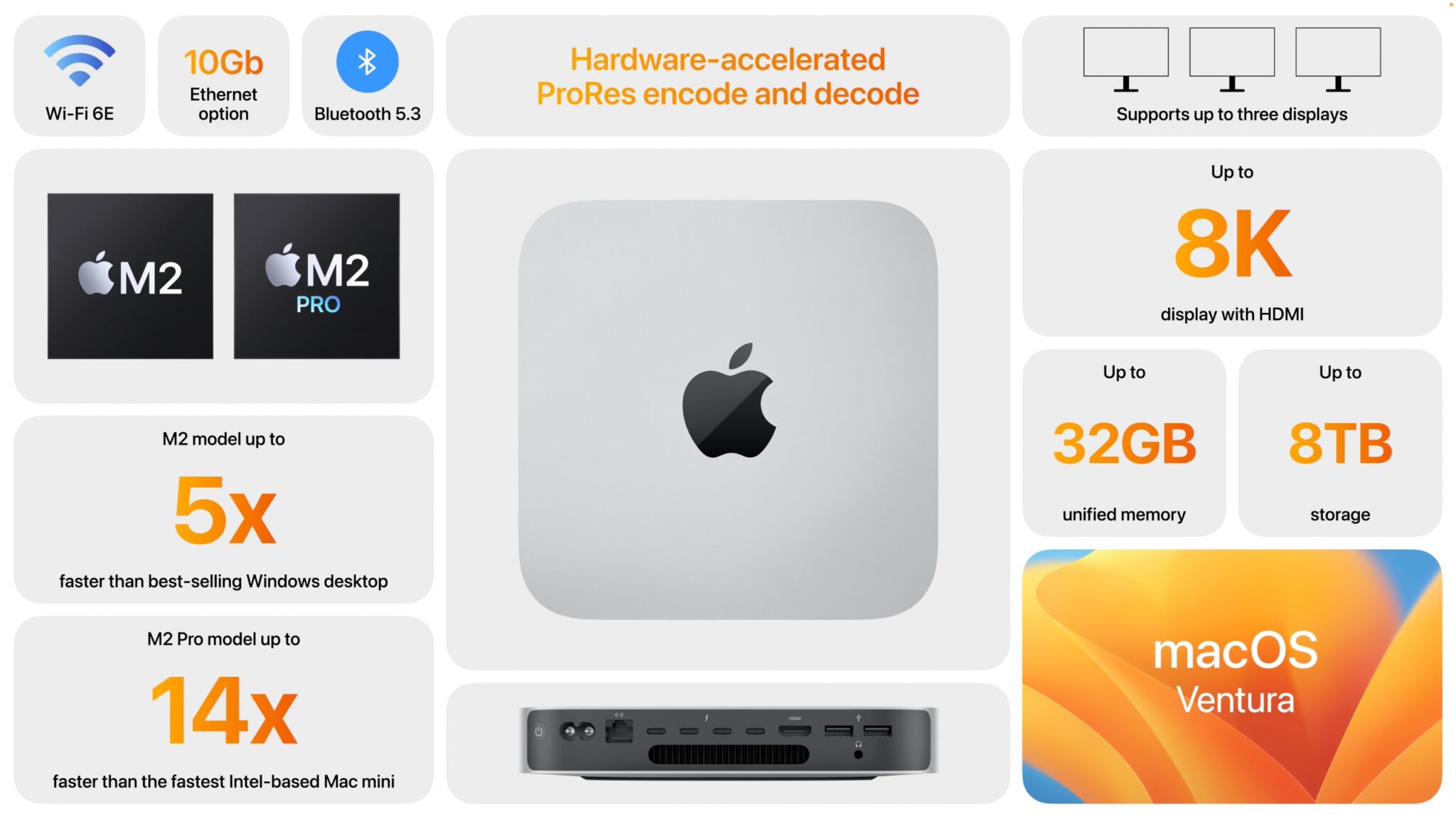
Source: Apple
It is a stupendously capable machine and, perhaps surprisingly, is actually a lot more affordable than one would expect given its performance chops.
You should, however, opt for the upgraded SKU with 16GB of RAM, as 8GB might prove to be a bit too limiting, both now and in the long run.
Adobe applications are incredibly well optimized for macOS and can all run natively on these ARM-based chipsets, so it really will be a plug-and-play kind of experience.
There’s simply no Windows-based alternative that is as affordable, powerful, and small, to say nothing of efficiency, thermals, and fan noise.
FAQ
Let’s go over a few potential questions you might have regarding this particular topic:
How Much RAM Do You Need for Adobe Creative Cloud?
That really depends on the particular application you plan on using. For most, two 8GB modules (totaling out at 16GB) will be enough for everyone but the consummate professional.
Those whose livelihood depends on the speed at which something can be designed or rendered should definitely consider going with 32GB, which is especially true if they’re tackling layered, complex projects in applications like Adobe After Effects and Premiere Pro.
Can You Run Adobe Creative Cloud on a Tablet?
You cannot.
Fortunately, Adobe was prudent enough to devise bespoke applications for both iOS and Android, applications which were built and engineered and designed from the ground up for that wholly unique form factor — and all that it entails.
This includes Adobe Illustrator, Adobe Photoshop, Adobe Lightroom, and Adobe Premiere Rush, amongst others.
Some of them are watered-down versions of their desktop-oriented counterparts, whereas others come with a staggering amount of features and can, by all means, be used by creative professionals whilst on the go — or, alternatively, as a supplement of sorts.
Does Adobe Creative Cloud Require a Good PC?
It does, but it also depends on which app, in particular, you plan on using.
A mid-tier processor, 16GB of RAM, and a solid dedicated graphics card will get you quite far as far as Adobe Creative Cloud is concerned (along with SSD storage and a bright, color-accurate display).
Most of these apps scale greatly with single-core performance, so going with a top-of-the-line processor (preferably from Intel) will net you a great overall experience.
Jumping up to 32GB of RAM would also make things a bit smoother if your projects are large and complex (to say nothing if you have the tendency to run multiple different apps at the same time).
What’s Included in Adobe Creative Cloud?
For $54.99 a month, you get the following: Photoshop, Illustrator, Premiere Pro, Acrobat Pro, InDesign, After Effects, Lightroom, Adobe XD, Animate, Lightroom Classic, Dreamweaver, Dimension, Audition, InCopy, Character Animator, Capture, Adobe Fresco, Bridge, Adobe Express, Premiere Rush, Photoshop Express, Media Encoder, Aero, Adobe Scan, Fill & Sign, Acrobat Reader, alongside numerous step-by-step tutorials, access to Creative Cloud libraries, 100GB of cloud storage, Adobe Fonts, and Adobe Portfolio.
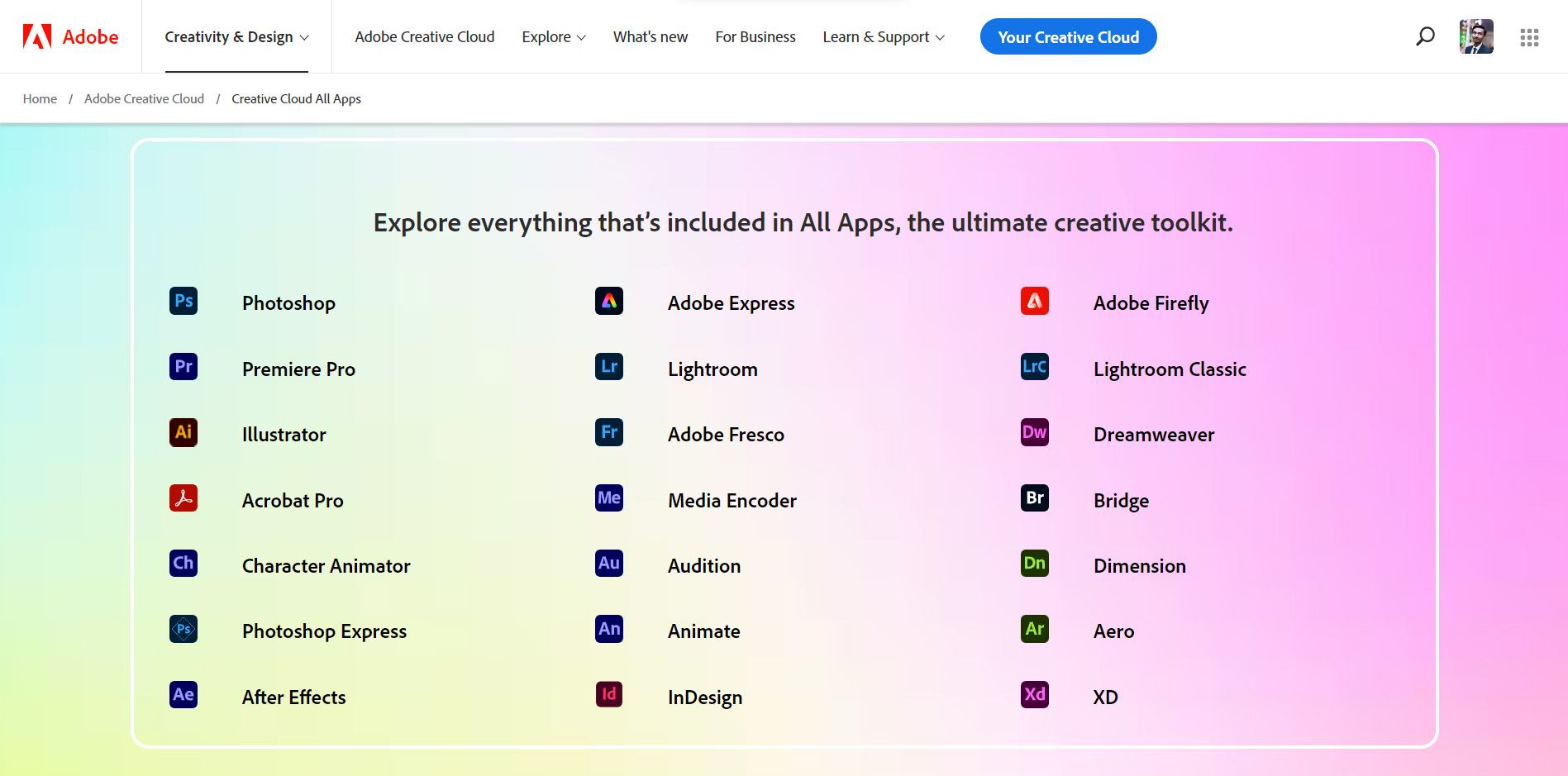
Source: Adobe
That’s… quite a lot, and it is worth the price of admission, but only if you can harness a good chunk of what’s available.
If you’re only working as a graphic designer, for instance, then you really don’t need the vast majority of what’s on offer, so you might as well go with an individual plan and forgo the rest — and save a fair bit of money in the process.
Is Adobe Creative Cloud Worth It?
That depends.
If you’ve been using Adobe apps throughout your entire professional career, then you’ll probably still want to keep on being a part of its ecosystem.
If you’re just starting out, though, it’s definitely not the best possible choice, and that’s primarily due to its overall cost.
Affinity has numerous alternatives on offer, and for video editors, DaVinci Resolve is not only more feature-rich but also a fair bit better than Premiere Pro — and it’s free (not counting the Studio version which isn’t really a necessity for most people).
That being said, having some form of mastery over Adobe’s creative applications is basically a must in today’s world, and with so many agencies and design studios already using them, you definitely should consider paying the subscription fee and joining the proverbial club.
Does the Adobe Creative Cloud Have Any Alternatives?
Absolutely! Affinity Photo, Affinity Designer, Affinity Publisher, Figma, DaVinci Resolve, and many other applications are just as good if not even better than what Adobe has to offer.
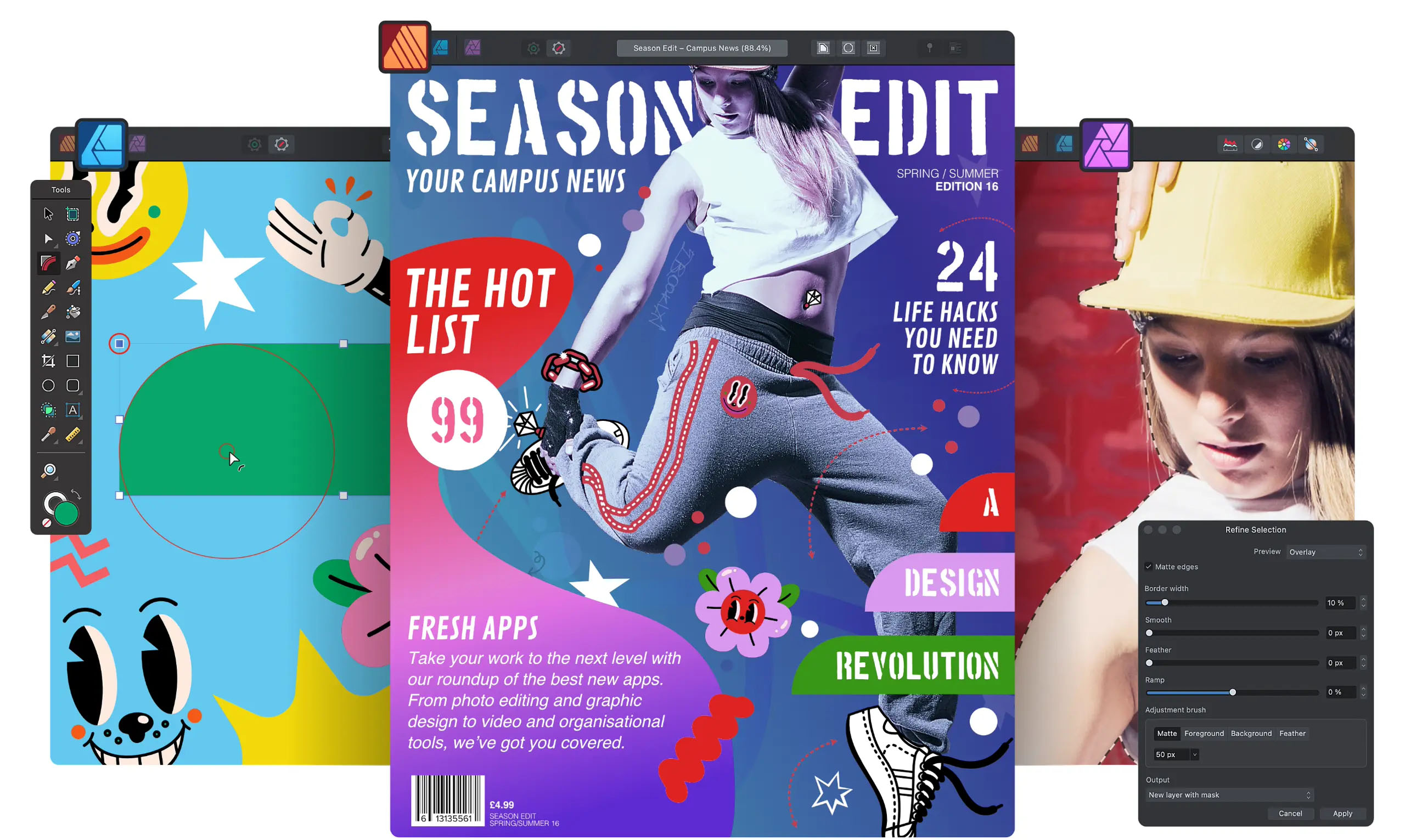
Source: Affinity
Whether they’re the better option for you and your particular use-case is up for debate, but they’re more than worth exploring, especially considering the fact that none of them are subscription-based, which means you just have to pay a one-time fee and you’ll be good to go.
Moreover, if you’re not a particularly demanding user, you’ll be happy to know that each and every single Adobe application has a free alternative, some of which are more feature-rich than one would expect.
What’s Better For Adobe Creative Cloud: Mac or PC?
MacOS is, in general, the better option for Adobe Creative Cloud solely because of the fact that Adobe’s applications are always a bit more optimized for Mac devices and, in some cases, come with some truly powerful additions which Windows users don’t have access to, like GPU Acceleration in InDesign, for instance.
That, however, doesn’t mean you should just run out and buy a MacBook or Mac Mini or what have you, as Windows-based devices still offer a lot more flexibility, not to mention the fact that you can build a system for much less money and get a pretty identical experience.
In any case, Macs are the better option from a sheer user experience perspective — hence their immense popularity amongst content creators and creative professionals.
Is Adobe Creative Cloud Difficult to Learn?
That’s a difficult question to answer as the Creative Cloud encompasses many different applications, all of which come with their own requirements and nuances.
They are, in general, moderately difficult but, thanks to the abundance of online tutorials and videos and whatnot, you’ll find them rather easy to master — assuming you’re willing to put in the work, that is.
As with any software suite of its kind, you will have to roll up your sleeves and take it one step at a time.
Can You Run Adobe Creative Cloud on a Laptop?
Absolutely! Today’s laptops are astonishingly powerful, so much so, in fact, that they can, in some scenarios and workloads, rival full-fledged desktop PCs.
They don’t lack for power, especially not in the CPU department which, for most Adobe applications, is the most important thing.
And, perhaps best of all, there are many different options and models out there, so you’re bound to find one that’ll suit both your needs and your budget.
Do buy one with a dedicated graphics card even if you don’t plan on working in, say, Premiere Pro or After Effects.
Having a GPU will definitely serve as a boon in numerous different applications and could, depending on the use-case, seriously speed things up. In any case, a bit of future-proofing is always a good idea.
Is Adobe Creative Cloud Free?
It’s not, sadly. Most single applications cost about $20.99 a month, whereas the full suite of apps costs $54.99.
The Photography package (with Photoshop, Lightroom, and Lightroom Classic) goes for $19.99 which, given the rest of Adobe’s pricing, is actually a pretty solid deal.
These aforementioned prices are for individuals. They’re a fair bit higher for businesses, but also lower for students and teachers.
If you fall under either category, you’ll be able to snag the entire Creative Cloud suite for just $19.99 a month for the first year, and then $29.99 after that.
It’s also worth noting that Adobe often runs various different sales and discounts, so keep your ear close to the ground if you want to save a bit of money!
There’s also a free seven-day trial available, so you easily test everything out to your heart’s content before committing to any kind of subscription.
Do You Need a Professional Workstation GPU for Adobe Creative Cloud?
You absolutely do not.
In fact, there’s absolutely no benefit of buying an expensive, spec’d-out workstation GPU for any of Adobe’s applications. “Gaming-grade” ones will do just fine (an understatement).
Can You Run Adobe Creative Cloud on Integrated Graphics (iGPU)?
You can, but your mileage will vary in regards to how well Adobe’s applications will run and perform.
For some programs that are CPU-bound like Photoshop, Illustrator, or InDesign (just to name a few), you don’t really need a beastly dedicated graphics card in order to harness their full potential — a speedy processor with an iGPU will more than suffice.
For applications like Premiere Pro and After Effects, however, you’re most likely not going to have a good time, unless you’re working only on the simplest, most undemanding projects.
What Is Adobe Creative Cloud Used For?
The Adobe Creative Cloud contains many different applications, each of which caters to a specific kind of user and use-case.
These applications can be used for many different types of graphics design, illustration, web design, UI/UX design and prototyping, video editing, audio recording and editing, page layout design and publishing, motion graphic design, photo editing, and everything in between.
Over to You
What are your thoughts on Adobe’s creative suite of applications? Are you okay with paying a monthly subscription or did you, conversely, go with any of Adobe’s competitors?
Let us know in the comment section down below and, in case you need any help, head over to our forum and ask away!
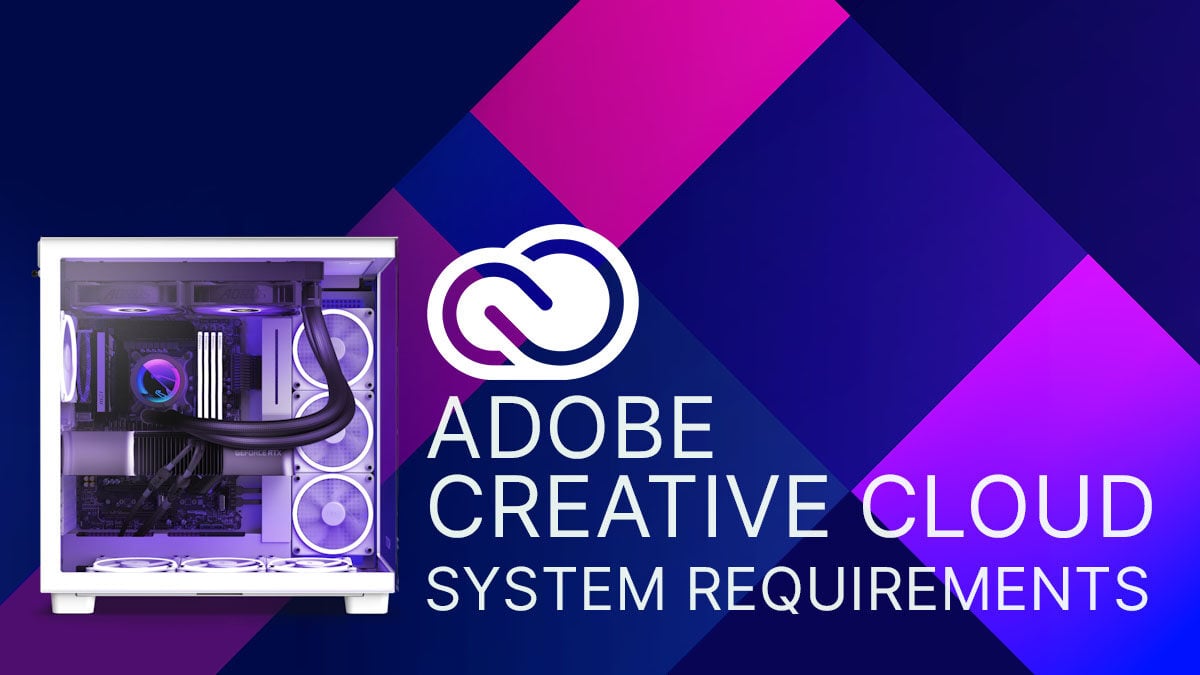
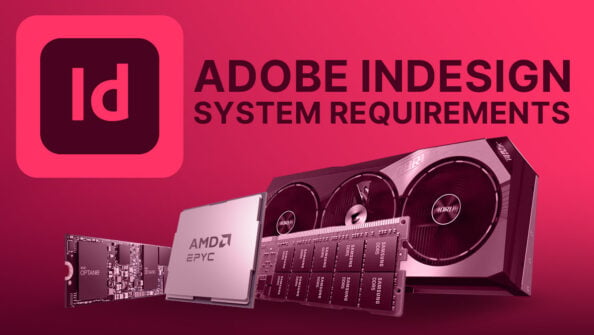
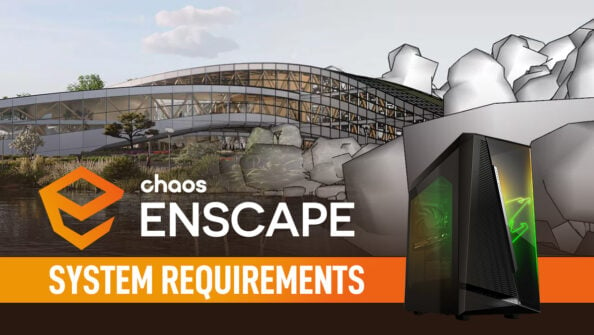
![Adobe Animate System Requirements and PC Recommendations [2024 Update] Adobe Animate System Requirements and PC Recommendations [2024 Update]](https://www.cgdirector.com/wp-content/uploads/media/2023/06/Adobe-Animate-System-Requirements-and-PC-Recommendations-Twitter-594x335.jpg)
![Solidworks System Requirements & PC Recommendations [2024 Update] Solidworks System Requirements & PC Recommendations [2024 Update]](https://www.cgdirector.com/wp-content/uploads/media/2023/05/Solidworks-System-Requirements-PC-Recommendations-Twitter-594x335.jpg)

0 Comments